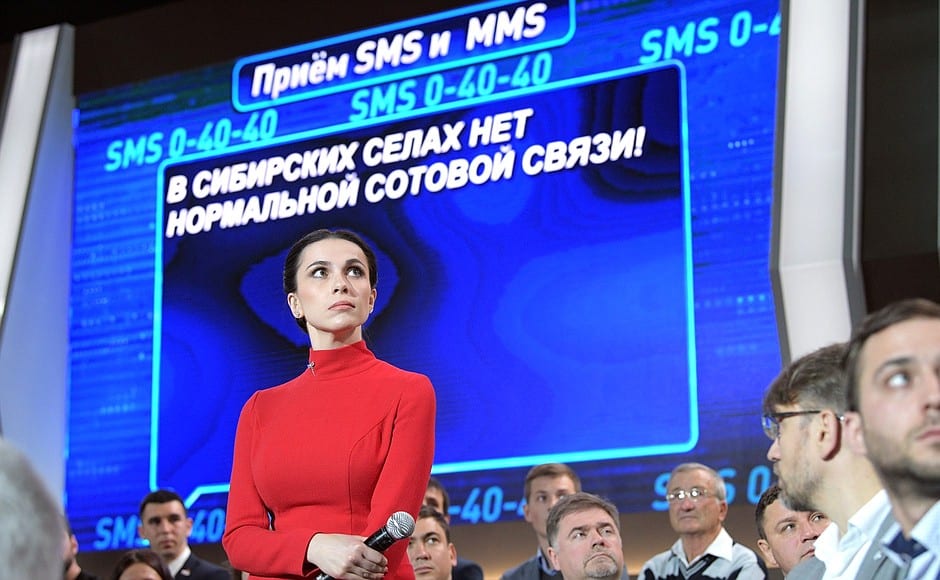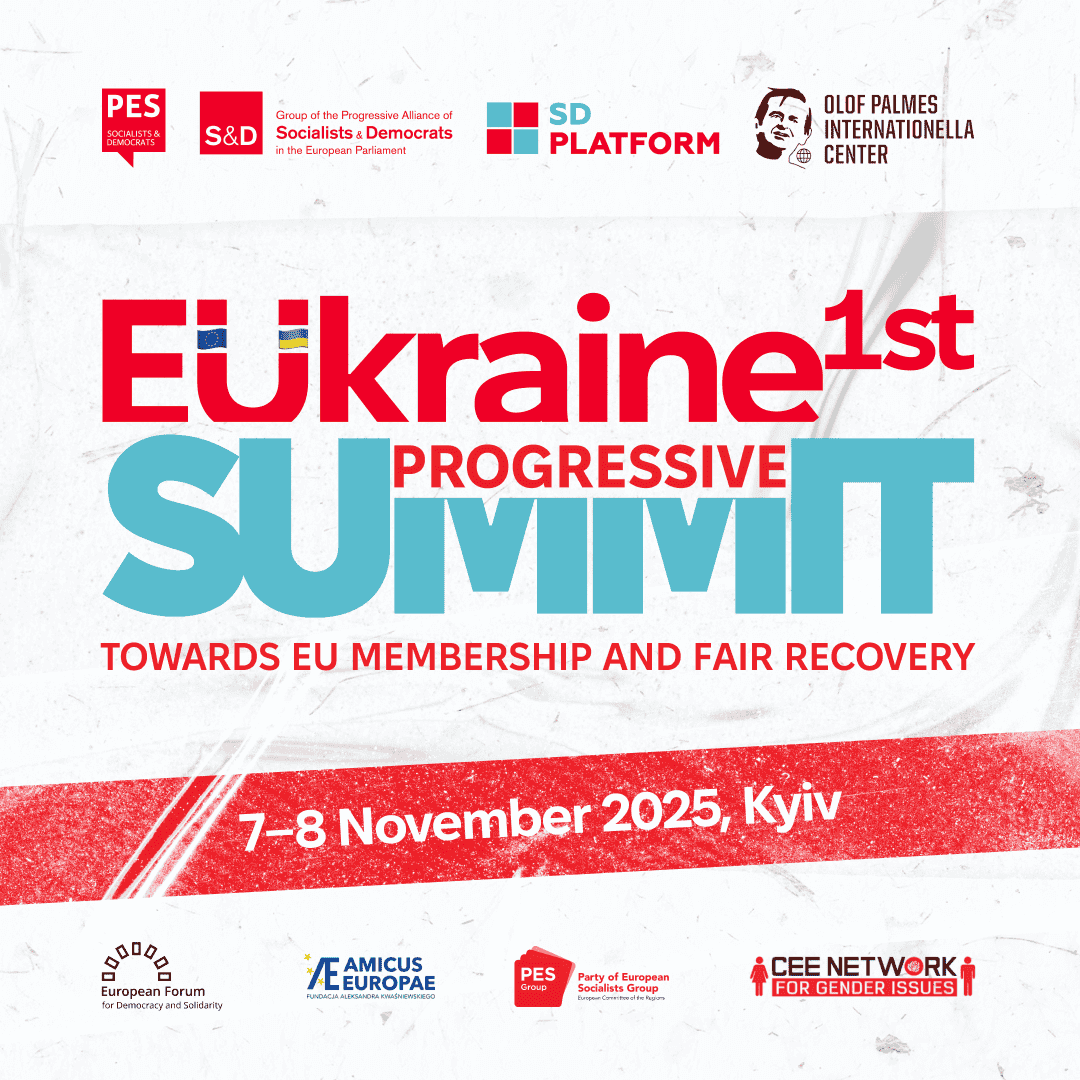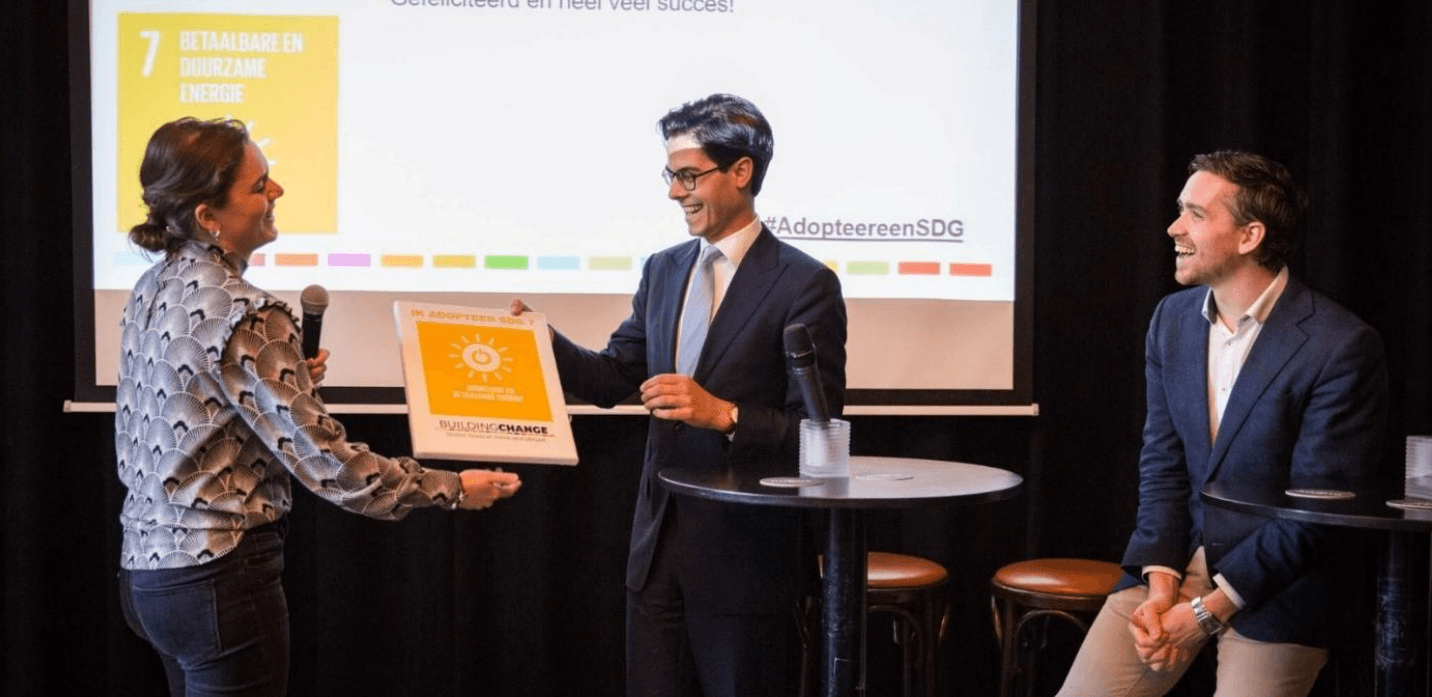In his annual Direct Line on Thursday, June 7th, Russia’s President Vladimir Putin dedicated four hours to addressing complaints, questions and concerns by Russian citizens on live television. The questions were submitted on a rolling basis per text message, through the website moskva-putinu.ru or on live video call, and were aired on screen. As opposed to the previous years, the Kremlin decided to not include a live audience, but instead to expand in regards to ministers and governors who were put on conference call in relevant matters. The Direct Line is a carefully mapped out event, allowing no room for improvisation, and every step is carefully staged to achieve a goal. Thus, certain aspects that may seem unpredicted to viewers serve a clear purpose. Overall, various aspects of the Direct Line formidably show that Putin is pursuing a new strategy to place himself at the front of his government, and the format of the show is arguably a tool to achieve the goal of both uniting his people and improving his image among youth and critics.
Vast Scope of Questions
The scope of questions tackled in the Direct Line ranges from gasoline prices over mortgage loan to personal enquiries into Putin’s daily life. The hosts also addressed questions concerning military interventions in Syria and the Ukraine, and citizens inquired into the current militarized status of the world. While other questions were featured in the background, Putin did not respond to questions regarding domestic opposition, protests, public administration, or potential judiciary reforms. Overall, however, while their omission from Putin’s responses served an agenda of its own, other, more subtle aspects of the show had a clearer purpose.
“Uncensored” Television
The show’s format can be seen as a clear calculation to reemphasize Putin’s position in Russian politics. Not responding to certain questions does not mean that the audience on the other side of the TV screen was not confronted with controversial issues at all. Just as in the previous editions of 2015 and 2017, the audience submitted critical questions which, alongside more moderate questions, were aired on screen. Examples include:
“Why is there money for tanks, bombs, planes, machine guns and no money for people?” (2018),
“Why are bananas here twice as cheap as apples? What are we, a banana republic?” (2018)
and
“Why has Mr. Putin established an authoritarian regime which is turning into a totalitarian one?” (2015)
It remains unclear whether the questions flashed unintentionally alongside those that had been selected; regardless, Putin gave no indication that he noticed their presence. By omitting a live audience, the organizers allowed Putin to only respond to those questions that had been previously selected, and to not comment on those that he only wanted in the background. Therefore, he was able to elaborate on selected issues without being put into an uncomfortable situation by live audience, which could have potentially raised complicated issues or addressed him polemically. On the other hand, by including critical comments on screen, Putin purposefully aimed to convey that his politics, and especially his media, remain uncensored regardless, and flashing them on screen was the least dramatic way to do so.
Public Perception of Media Control
The Direct Line is considered a crucial tool to Putin’s Office to remain in touch with the Russian population which extends over a vast amount of land. According to an interview in 2015 with Putin’s Press Secretary Dmitry Peskov, being able to control mass communication in a country as large as Russia is crucial to establish a unified identity, at least politically. Peskov elaborated that although Putin requires the media, especially the governmentally owned First Channel, Second Channel, NTV and Russia Today, as instruments, the President is nonetheless not a “fluent user of the [the] Internet”, and it is thus no wonder that the surge of bloggers and private news and opinion channels intimidates his regime. While Putin could choose the stance of banning such media channels, the Direct Line shows he has decided to involve digital natives in his agenda, actively acknowledging them even in his own show and seeking dialogue on screen with popular video bloggers. Engaging with such internet figures can be seen as a move to show that Putin is aware of their presence and can retain the upper hand even despite their digital advantage. Putin clearly shows that he is watching, and that bloggers will not be able to go underground from his reach.
Redirection of Questions to Governors not as Inferiors, but as Colleagues
While there was no live audience, Putin for the first time in the show’s lifetime called on governors and ministers to join the show and elaborate on issues. While some assumed prior to the show that Putin is trying to counter international and national accusations of claiming all fame for himself by pointing out efforts by local governors, the Direct Line painted a different picture. Twitter users uttered that Putin was “literally redirecting calls to the governors and ministers who haven’t solved people’s problems yet”, and accused him of diverting attention onto regional offices. Those politicians who were called to elaborate on issues, on the other hand, rambled on about dull matters, simply reciting facts and numbers. Unquestionably, the performance placed Putin in a new position, and portrayed him as the individual needed to manage the tasks of everyone. The format seemed to want to convey that local decision-makers, if left alone, did not perform well on tasks delegated to them by the government. By redirecting attention onto the mishaps, the Direct Line emphasized that the blame for people’s grievances was only to be placed upon those locally in charge. Putin, by offering to provide assistance and suggestions, then bestowed a task upon himself that exceeds his mandate, arguably in order to present himself as the problem-solver of the country. Finally, the Direct Line does not aim to show Putin at the top of the command-chain. Instead, the format chosen presents him as a colleague rushing to help a governor in need. Putin does not impose himself on the governors, but depicts that each maintains a certain autonomy in their position, which leaves room for such shortcomings in the first place. Through the format, Putin looks over the shoulder of who are not his inferiors, but his colleagues, and sends the friendly signal that he is needed to assist.
Declining Popularity
In the past four years, the ratings for the Direct Line have declined steadily. The critical civil society, represented mainly on Twitter, maintains that the show is an example of bad governance. One user voiced that his “only hope for justice” and “only realistic change [to] solve […] problems” is “appealing to [the] country’s leader via a live call-in show”. A study by the Pew Research Center revealed that despite Putin’s overall steady popularity within the Russian population, approval of several specific policies has dropped significantly in the past two years. Such policies include anti-corruption measures and government accountability. Although Putin is thus not in desperate need of new methods to maintain his popularity, the Direct Line remains a vital tool to address issues that are viewed critically by society. Overall, the new format, by including controversy and popular video bloggers, thus not only has a carefully anticipated political effect, but also a pragmatic side: It serves as publicity to attract viewers.
Alena Kahle
Sources
Article Image ǀ BBC ǀ Cover Image ǀ Meduza ǀ Migration Policy ǀ Pew Research Center ǀ RFERL I ǀ RFERL II ǀ Russia List ǀ TASS News Agency ǀ The Atlantic ǀ The Moscow Times I ǀ The Moscow Times II ǀ The New Times




